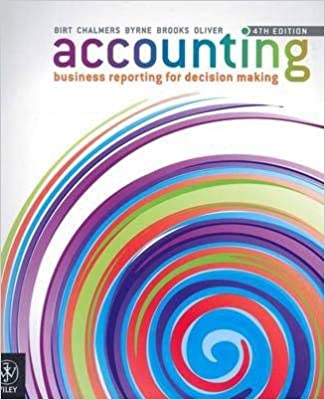What is the main idea of this document? I want a short answer that is a couple of sentences. Document 4: The Harlem Renaissance (2015)
What is the main idea of this document? I want a short answer that is a couple of sentences. 
Document 4: The Harlem Renaissance" (2015) The Harlem Renaissance was the name given to the cultural, social, and artistic explosion that took place in Harlem between the end of World War I (1919) and the middle of the 1930s. During this period Harlem was a cultural center, drawing black writers, artists, musicians, photographers, poets, and scholars. Many had come from the South, fleeing its oppressive caste system in order to find a place where they could freely express their talents. Among those artists whose works achieved fame and recognition were Langston Hughes and Claude McKay, Countee Cullen and Arna Bontemps, Zora Neale Hurston and Jean Toomer, Walter White and James Weldon Johnson. W.E.B. Du Bois, the most famous black intellectual and political theorist of the times, encouraged talented artists to leave the South. Du Bois, then the editor of The Crisis magazine, the journal of the NAACP, was at the height of his fame and influence in the black community. The Crisis published the poems, stories, and visual works of many artists of the period. The Renaissance was more than a literary movement: It involved racial pride, fueled in part by the militancy of the "New Negro" demanding civil and political rights. The Renaissance incorporated jazz and the blues, attracting whites to Harlem speakeasies, where interracial couples danced. But the Renaissance had little impact on breaking down the rigid barriers of Jim Crow that separated the races. While it may have contributed to a certain relaxation of racial attitudes among young whites, perhaps its greatest impact was to reinforce race pride among blacks. Source: Richard Wormser, "The Harlem Renaissance," PBS, 2015. Louis Armstrong Louis Armstrong, nicknamed "Satchmo," "Pops" and, later, "Ambassador Satch," was born on August 4, 1901, in New Orleans, Louisiana. An all-star trumpet player, he came to prominence in the 1920s, influencing countless musicians with both his daring trumpet style and unique vocals. Armstrong's charismatic stage presence impressed not only the jazz world but all of popular music. He recorded several songs throughout his career, including he is known for songs like "Star Dust," "La Vie En Rose" and "What a Wonderful World." Armstrong died at his home in Queens, New York, on July 6, 1971. Along with Duke Ellington and Billy Holiday, Armstrong represented the innovations in jazz music that were born during the Harlem Renaissance. "Harlem" by Langston Hughes What happens to a dream deferred? Does it dry up like a raisin in the sun? Langston Hughes Langston Hughes was the unofficial poet of the Harlem Renaissance. He was born in the South, in Missouri, and moved to Harlem as a young man. He attended Columbia Or fester like a sore And then run? Does it stink like rotten meat? University, where he studied literature. He is perhaps the greatest poet in American history. Or crust and sugar over like a syrupy sweet Maybe it just sags like a heavy load. Or does it explode?
Step by Step Solution
3.40 Rating (153 Votes )
There are 3 Steps involved in it
Step: 1
Harlem Renaissance is known as the period in which th...
See step-by-step solutions with expert insights and AI powered tools for academic success
Step: 2

Step: 3

Ace Your Homework with AI
Get the answers you need in no time with our AI-driven, step-by-step assistance
Get Started


